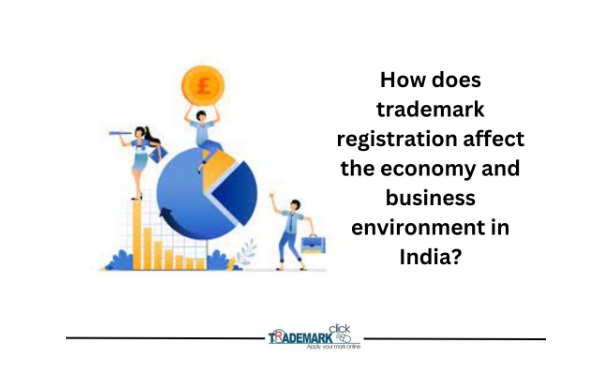Trademark definition
A trademark is a well-known and officially sanctioned mark used to identify a manufacturer's unique products or services. The mark's owner may ask for trademark protection. However, you can only obtain trademark protection if you regularly use the mark in commerce. A trademark can be a word, phrase, logo, symbol, label, stamp, title, or combination. The trademark is a distinctive identifier that distinguishes your brand from the competition. It serves as the company's signature. The trademark is crucial because it helps consumers recognise and identify your products or services, which can be a significant advantage in today's cutthroat market.
Trademark Infringement
Trademark infringement is the illegal use of a registered trademark or a mark that is confusingly similar to the trademark used to sell the goods or services. A trademark infringement occurs when a trademark is used in a manner that could give consumers the impression that the company behind the mark is associated with or endorsing the product. As a result, serious harm could be done to the trademark owner's reputation, a drop in sales, and a decrease in the trademark's value. Firms must take aggressive measures to protect their registered trademark and prevent third parties from infringing on their intellectual property rights.
Impact of Intellectual Property Rights on the Economy
One of the world's most rapidly rising economies, India, must concentrate on increasing market productivity. India has always been renowned for providing the rest of the globe with excellent services. Productivity can be raised through developing methods and technologies. Investments are necessary for innovation, and while they are costly, they play a significant part in investing. We may observe and take notes from industrialised nations like the USA and Japan, where the rate of development grew five times once intellectual property rules were implemented.
The major disadvantage of IPR is that it occasionally inhibits how best to use technology. Sometimes, the person in charge of the rights abuses them. They are free to set their prices, and thanks to IPR protection, competitors cannot use their innovation. The most crucial element for the growth of an economy is competition. Price and product quality are kept in check and balanced by the spirit of competition. However, IPR rules go against the idea of fair competition.
IPR legislation makes the market monopolistic. It encourages monopolies, Copyright, trademark, and patent laws to erect obstacles to competitors using innovations. Due to the threat of switching to a rival if the consumer is dissatisfied, competition forces producers to consider the interests and contentment of the consumer. The producer may set any price, which may immediately impact the consumer and the market. According to the rule of demand, there will be little demand if the price is high.
Conclusion
The creation of laws serves to advance and benefit society. Every law affects society in both positive and negative ways. The TRIPS Agreement's Article 31 allows for the issuance of compulsory licences in the following circumstances:
Anti-competitive practice is in the general public's interest in times of national emergency. Therefore, the law governing intellectual property rights in India prevents the market from being both dynamic and inflexible.

